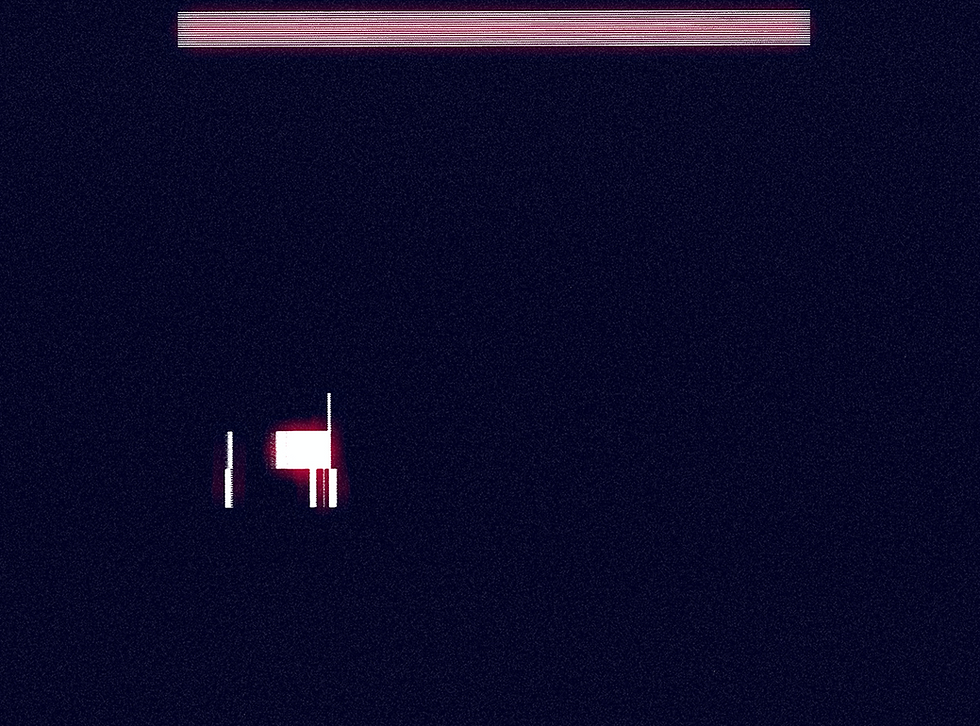Daria Ivans
- Posthuman Art Network

- Jul 25, 2022
- 2 min read
Daria Ivans is xenomedia artist from Saint Petersburg. She works at the intersection of digital and bioart, hoping to find ways to practice extra-digital magic through this combination. Daria received her BA from HSE school of Philosophy, she is currently a second year MA student at Art&Science program at ITMO.
Website: https://lshfn.ru/
Project:
The project (video and AR filter) came about by coincidence when Shazam displayed the “15 Most Dangerous Trees You Should Never Touch” video under the Meredith Monk’s track “Do You Be?” from the album “Key” (1971). Meredith's intermittent and panting vocals and shots of long white worms being taken out of a split tree overlapped and were reflected in memories of vague desires. Since my sixth grade biology textbook, I have been attracted to tapeworms, unable to define the complex emotion of disgust and fascination that they evoked in me. They, filling one's body, resembling lychee fruit, penetrate the voids and glide through the inaccessible spaces. This co-creature kills one of the agents sharing the body. The patterns that worms weave inside the human body are deadly, just as the life cycle of the worm and its offspring is interrupted by antiparasitic drugs. However, besides the meaning of the parasite as a function (to live at the expense of another), the status of the parasite as a subject in a relationship must be taken into account. Ancient Greek’s πᾰράσῑτος (from παρά (pará, “beside”) + σῖτος (sîtos, “wheat, corn”)) is the “one who eats at the table of another, and repays him with flattery and buffoonery” (Liddell & Scott, 1940). So there is a place for communication in this relationships, that is now often considered one-sided. With those who can be closer than close, but still “para” (beyond and deviating). My video and AR filter are showing this impossible and sick desire of communication with others who are not exactly the others as sharing one body.
The interest in others inhabiting us is a well-known theme in posthumanist studies, and many works in bioart deal with the theme of the multiplicity of lives within the human body before and after its life. My art practice corresponds the similar subject with the means of post-digital tools such as 3d modeling, AR and VR. By digitalizing other organisms (making 3D sculptures out of them) and then turning these sculptures inside out as if to show the interior of the digital body, which becomes the habitat of the altered models. This is how quality technology (3D rendering) is revealed in an unexpectedly unflattering way, showing its pixelated and glitchy viscera. The obsession with others (tapeworms) here coincides with the desire for someone to fill those empty spaces in your body, an emptiness that one is often unable to cope with alone. Shintaro Kago (which I learned about later) has a similar plot in his work Voracious Itches, which describes two kinds of obsession with others (through desire and through simulation).


Comments